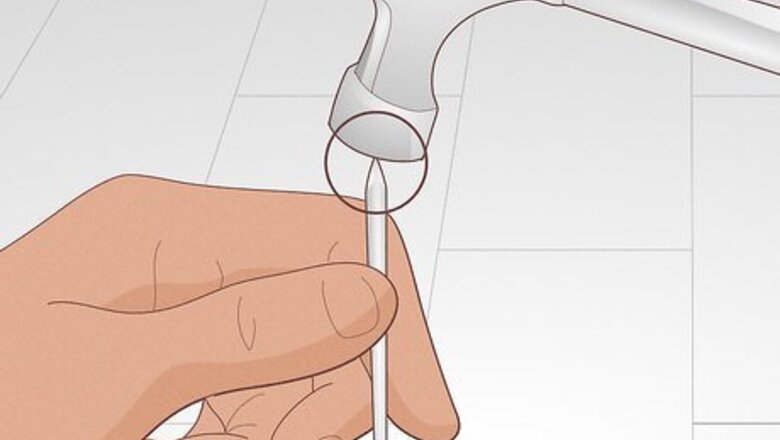
views
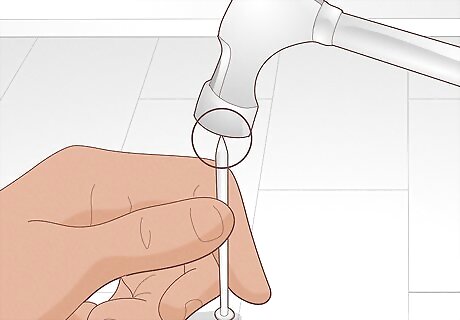
Blunt the point of the nail with your hammer. This is done by placing the nail on a hard surface with the point facing up, and tapping the sharp end with your hammer. The nail will then cut its way through the wood grain, rather than wedging a pathway. Though this puts all the material displacement along a single plain, rather than dispersing it all around the point of the nail.
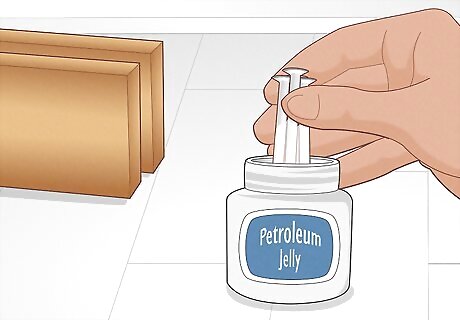
Lubricate your nail. For especially hard woods like oak or maple, you may have better luck if you dip the nail in petroleum jelly, which reduces the friction of the driving process, and can decrease the probability of the wood splitting.
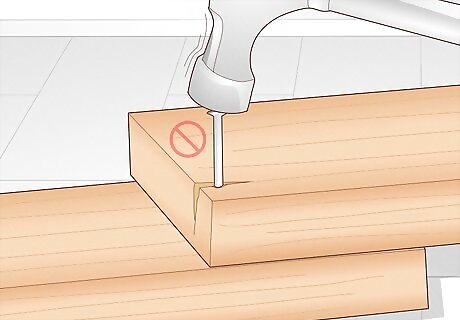
Avoid nailing very near the edge or end of the board. Where end nailing is necessary, angle the nail so that it can be started farther away from the end, but the nail will still get a bite into the other board it is being nailed to.
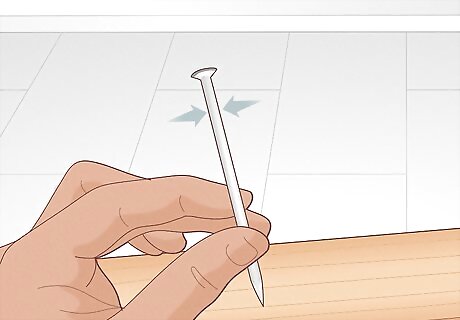
Use the smallest diameter nail which will do the job, or hold the workpieces securely. Obviously, a 16d or 20d nail, with its larger diameter, will exert more force on the wood's grain, making the wood more likely to split.
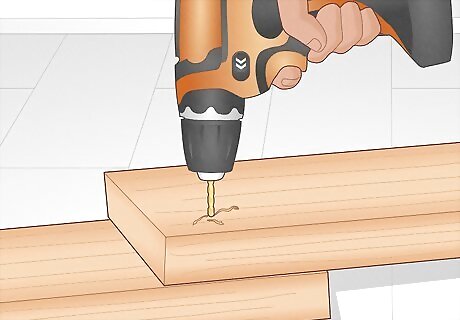
Pre-drill a hole slightly smaller than the nail's shank diameter. For a 12d nail, about ⁄32 inch (0.2 cm) will reduce the pressure of the nail penetration without decreasing the nail's grip on the board.
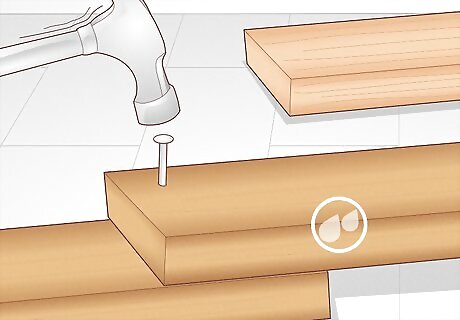
Use wood with sufficient moisture if possible. Very dry wood is more likely to split, since the drier the wood is, the less flexible it will be.
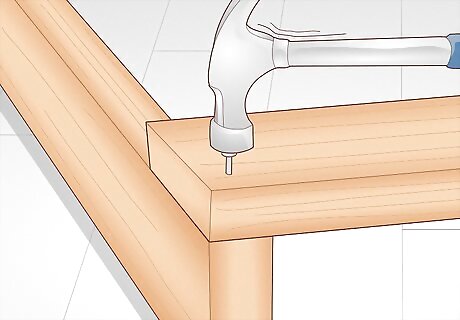
Use softwoods where they are suitable for your purposes, rather than hardwoods. Douglas Fir, Southern Yellow Pine, or Lodge pole Pine are less likely to split than are Oak, Birch, or Maple.
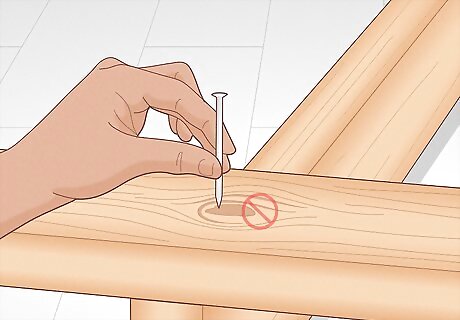
Avoid nailing through, or very near knots in the lumber. Knots are usually formed by heartwood, which is harder and less flexible than sapwood.
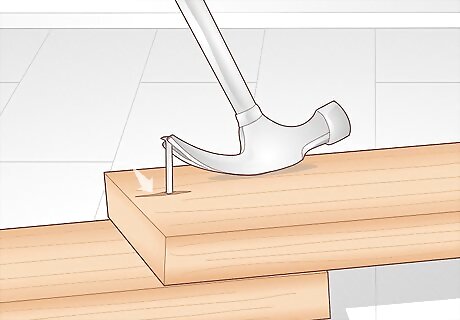
Back any nail out if a crack begins to appear while driving it. A tiny crack is a sure indication the wood will split if you continue, possibly ruining a board if it is being used for trim work. You may have to look at choosing another location for your nail, further from the end or edge of the board, or pre-drill a hole for a wood screw or other fastening method.
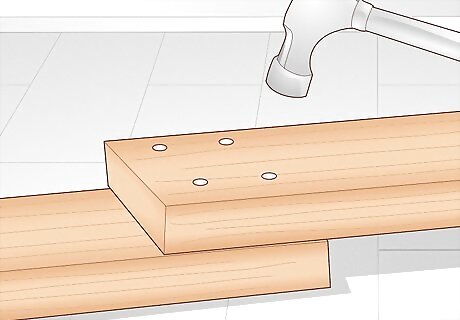
Finished.


















Comments
0 comment